Market Trends
Key Emerging Trends in the Truck Axle Market
There have been some major trends shaping the truck axle market. The growing interest in electric and hybrid trucks is perhaps one of the most notable trends, which has been caused by a worldwide emphasis on environmentally beneficial transport strategies. With tighter emission standards being implemented by governments worldwide, manufacturers focus on producing axles that meet the need to integrate electric and hybrid vehicles. This change is not only about regulatory compliance but also consumer awareness and preference for natural products. The second significant trend in the truck axle market is light materials and innovations. Many manufacturers look constantly for ways to reduce the general weight of truck axles to increase fuel efficiency and load capability. This trend is especially important since the transportation sector strives for ways to reduce operational costs and mitigate environmental problems. Lightweight axles also reduce fuel costs and decrease carbon emissions, making them a suitable option for fleet operators as well as logistics companies. In the field of truck axle market, automation and connectivity are also taking a major role in defining it. Real-time monitoring and data analysis are achieved with the help of advanced sensors, telematics, and connectivity features incorporated into axle systems. This does not only improve the overall efficiency of truck operations but also promotes predictive maintenance which reduces downtime hence prolonging life span for axle components. With the shift towards autonomous driving, smart axles incorporated with cutting-edge technologies have started to be a mandatory feature for ensuring safety and improving vehicle performance. The global economic factors like the recovery from COVID-19 pandemic are driving the market trends in truck axle markets industry. As the pandemic brought to light weaknesses in global supply chains, companies re-evaluated their logistics and transportation policies. Consequently, regionalization and shortening supply chains become more prominent causing changes in the demand for some axles based on their suitability to meet new distribution patterns. Also, the activity in aftermarket segment of truck axle market is growing. As the number of cars on the highways continues to rise, so does demand for axle maintenance, repair, and replacement services. The importance of preventive maintenance strategies for ensuring safe and reliable operations according to fleet operators has come into the limelight. It is encouraging collaborations between manufacturers and service providers, leading to the development of a dynamic ecosystem in truck axle market for aftermarket services

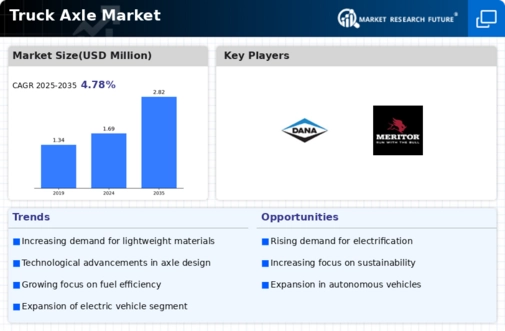
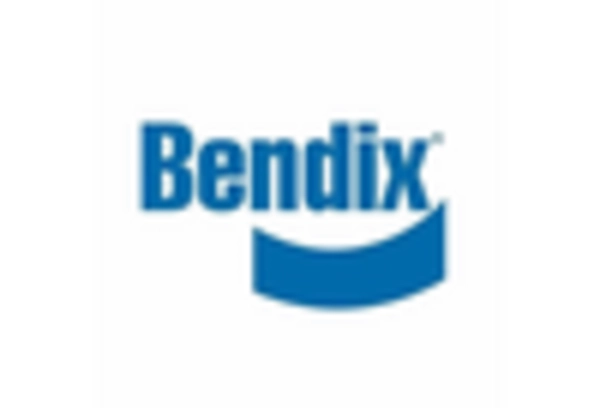
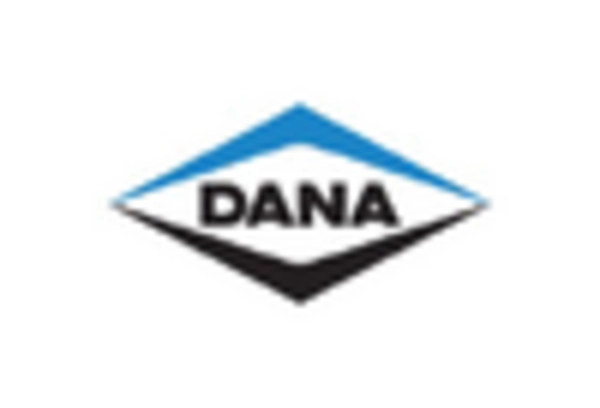
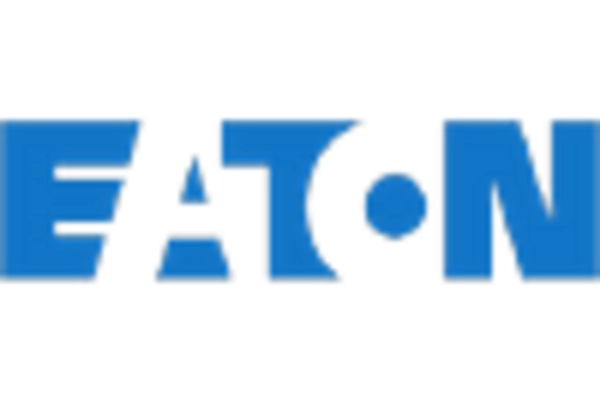


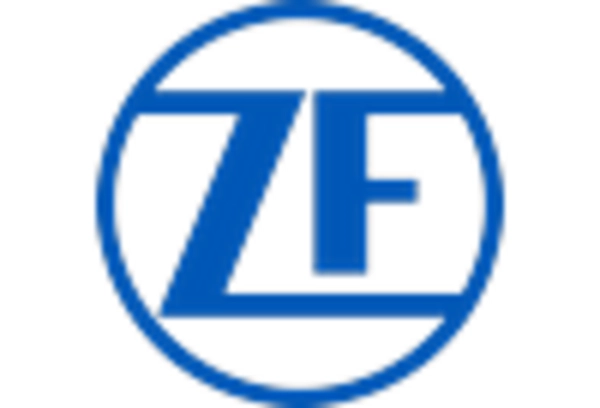









Leave a Comment